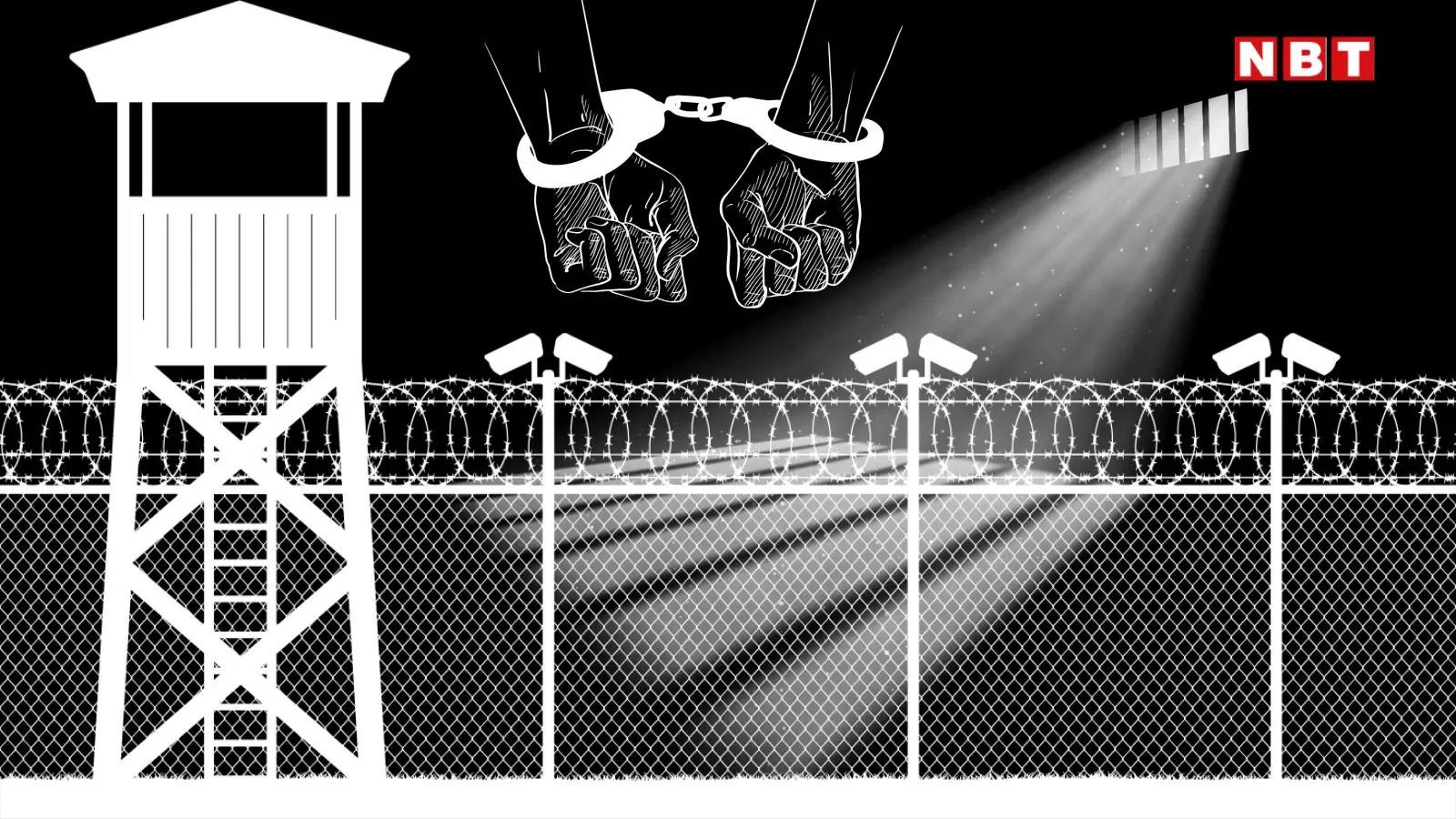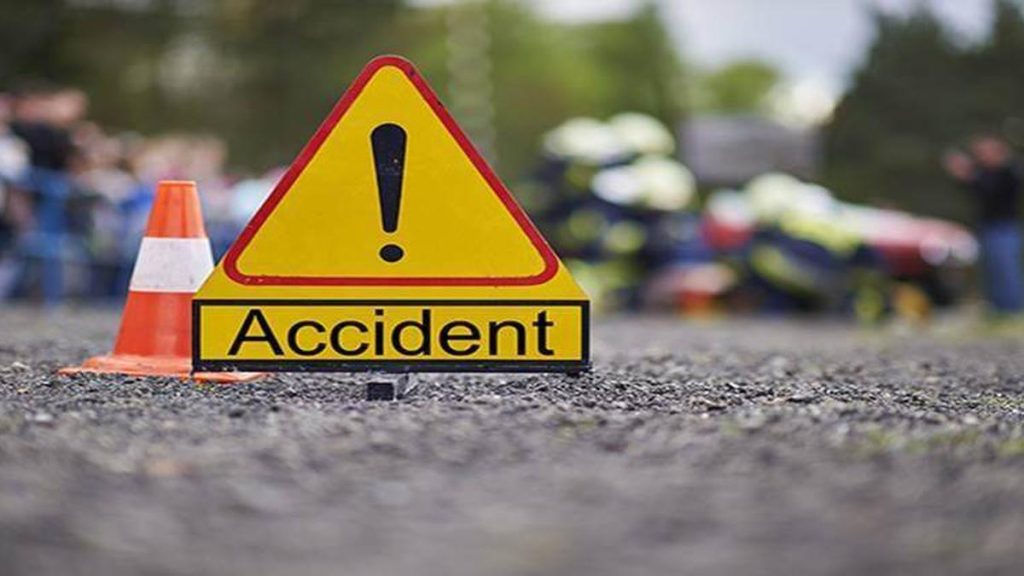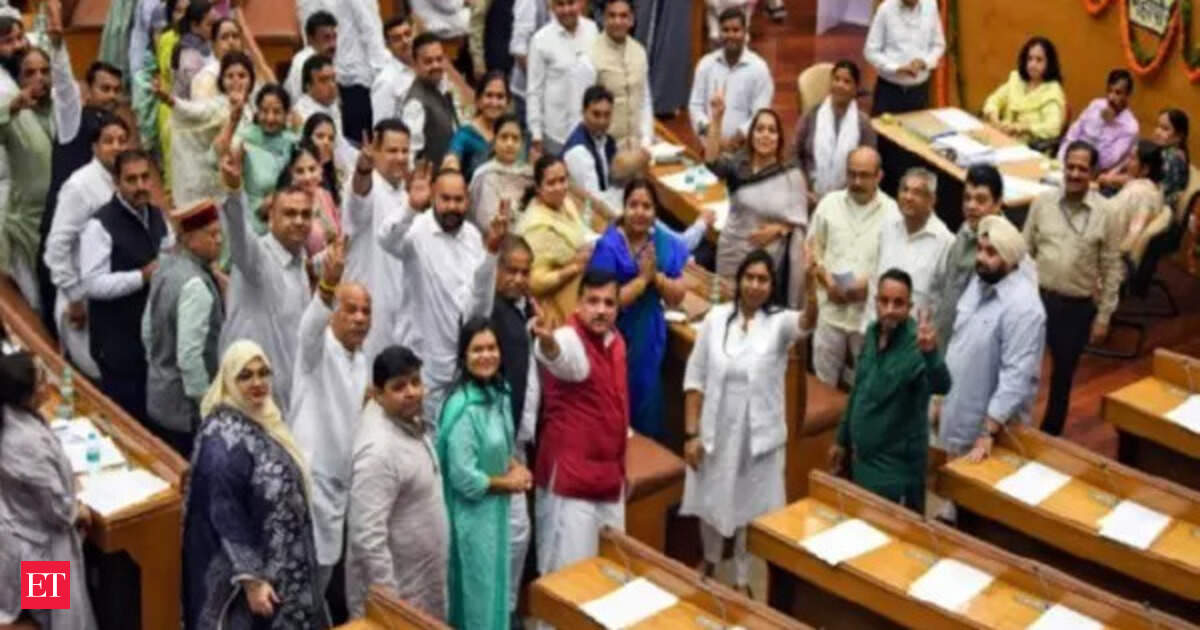Now Reading: Sure! Please provide the existing headline you’d like me to revise
-
01
Sure! Please provide the existing headline you’d like me to revise
Sure! Please provide the existing headline you’d like me to revise

Fast Summary:
- India introduced three new criminal laws-teh Bharatiya Nyaya Sanhita, Bharatiya Nagarik Suraksha Sanhita, and Bharatiya Sakshya Adhiniyam-to modernize its legal system and improve conviction rates.
- The current national conviction rate averages 54%, with the government targeting an increase to 94% in the next three decades through scientific investigative methods.
- Initiatives such as mandatory scientific investigations for serious crimes, video conferencing, witness recording, and model rules prepared by the National Judicial Academy aim to strengthen convictions.
- The National investigation Agency (NIA) leads globally with a 95% conviction rate in terrorism cases due to its effective use of forensic science and evidence techniques.
- India’s cognizable crime conviction rates showed steady improvement from 66.6% in 2018 to 73.4% by 2020 before implementing the new laws.
- AI integration has streamlined access to crime data; CCTNS links all police stations; E-court facilities exist across thousands of courts; crucial data portals such as E-Prison System, E-Prosecution System, Nafis fingerprint database are operational.
- Steps for building forensic capacity include establishing seven campuses of the National Forensic Science University (NFSU), aiming for at least one campus per state with a plan to train over 30,000 specialists annually.
Image Highlights:
- Graph depicting India’s overall average conviction rate progress over various years.
- NIA’s global-leading terrorism case conviction effectiveness highlighted via graphics.
Read More: Navbharat times
Indian Opinion Analysis:
The introduction of these modernized criminal laws represents an aspiring effort by india to reform its justice system sustainably while instilling public trust in legal institutions. By targeting advancements in scientific investigations and digital infrastructure growth-such as AI-powered analytics tools-the initiatives are designed not only to enhance efficiency but also ensure equitable justice delivery.
The current focus on forensic capabilities indicates a vital shift toward evidence-based decision-making that may yield lasting benefits if implemented effectively across regions consistently. Steps like standard operating procedures enforced through judicial partnerships have potential multidisciplinary impacts-from reducing delays to improving transparency.Critically though aspirational-a significant jump from a nationwide average of 54% convictions today reaching nearly double benchmarks needs precision timetables alongside mechanisms measuring rural dependency external-policing gaps equally holding final execution complementary accountability adjunct scalability expanding along timeline predictable logistical bottleneck phases head-sorted phased-way oversight-maintenance-rich-data-end.timeline transparentreasoning neutral exhaustive 측 narr executiveeg approachable scaled along trajectory cross region chair mentioned milestone comp layerstake deploy modular
























